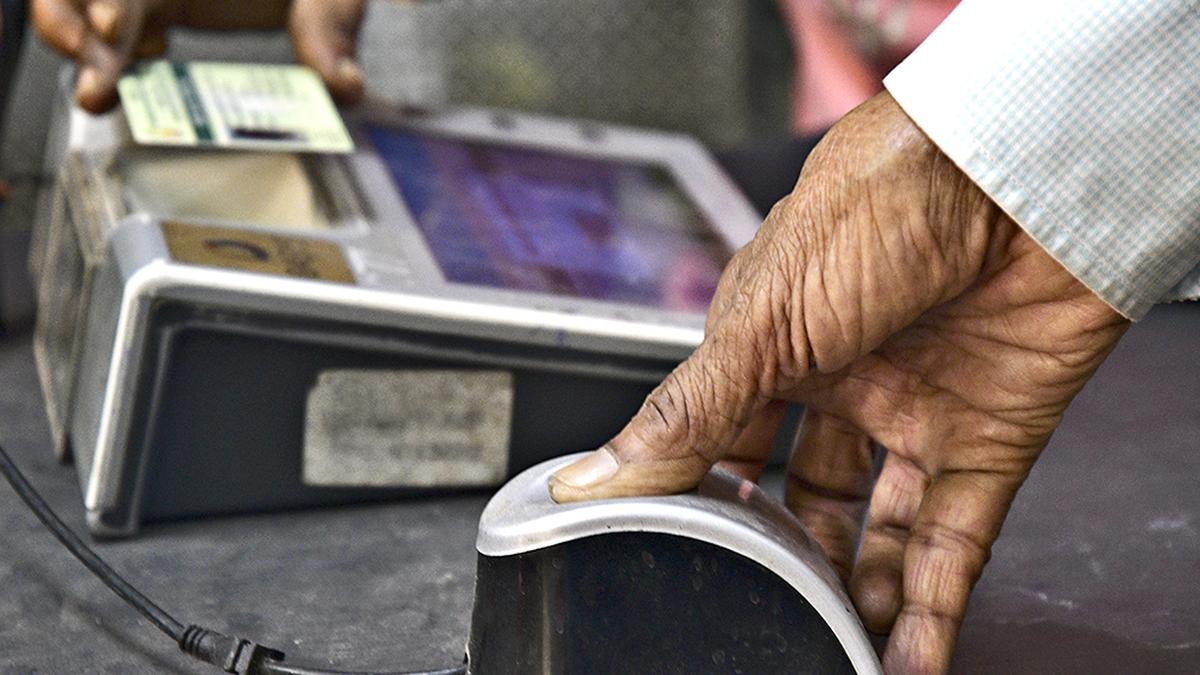



Badge engineering is a sales strategy where car manufacturers share a platform or vehicle without designing a new model. Successful examples include Toyota Kirloskar Motor's rebadged Maruti Suzuki in India, leading to a 40% increase in unit sales. This practice reduces costs, increases production, and appeals to different customer segments.

Copyright infringement not intended
Picture Courtesy: INDIAN EXPRESS
Toyota Kirloskar Motor's rebadged Maruti Suzuki product resulted in a 40% year-on-year increase in unit sales in India, indicating the effectiveness of the "badge engineering" sales strategy.
It refers to the practice of sharing a platform or an entire vehicle between different car manufacturers, where one of them doesn't need to design or engineer a new model from scratch.
In this process, two cars with different brands may share the same platform, engine, or parts, but with tweaks made to aesthetics or design to match the brand's identity.
Case StudyOne of the most visible examples of successful badge engineering is seen in the partnership between Toyota and Maruti Suzuki in India. Cars like the Toyota Glanza and Maruti Suzuki Baleno, and the Toyota Urban Cruiser and Maruti Suzuki Vitara Brezza, share the same platforms but have design changes to reflect the brands' characteristics. These cars are sold under different names but are essentially the same vehicle with slight modifications. |
One of the first cases was in 1909 when General Motors began sharing its chassis and platforms across its brands like Chevrolet, GMC, Oldsmobile, Buick, and Cadillac. This allowed GM to save costs while offering a variety of vehicles under different brand names.
In India, the Hindustan Motors Ambassador was one of the first successful examples of badge engineering. It was essentially a rebadged Morris Oxford.
It helps to reduce costs by sharing platforms, engines, and other components across multiple brands.
It allows manufacturers to increase their production volumes, making the overall investment more efficient.
Carmakers can appeal to different customer segments. For example, Maruti Suzuki can offer a premium vehicle like the Toyota Innova Hycross under its own brand, thus retaining customers as they upgrade to higher price ranges.
Example: The Rover CityRover, a rebadged Tata Indica. While the Indica did well in India, the Rover version failed miserably in the UK market.
Similarly, the collaboration between Renault and Nissan on the Terrano and Duster, and the Nissan Sunny and Renault Scala, ended in failure, as these cars failed to attract enough customers.
Cross-brand collaborations at the platform level, such as those between Hyundai and Kia, or Volkswagen and Skoda, involve sharing basic platforms and components during the development stage.
However, unlike badge engineering, the final cars tend to differ more significantly in terms of design, features, and branding. For example, while the Hyundai Creta and Kia Seltos share a platform, they differ in terms of design, appearance, and some engine options.
Source:
|
PRACTICE QUESTION Q.Which one of the following is correct about the “badge engineering”, frequently seen in the news? A) Method used to improve the fuel efficiency of vehicles. B) Practice of rebranding household appliances. C) Designing a completely new car model from scratch. D) Sharing of a vehicle platform between different car manufacturers. Answer: D Explanation: Badge engineering is the sharing of a platform or vehicle by different car manufacturers, with at least one not having to design or engineer a new model from scratch. This allows two different branded cars to share the same platform, design cues, and engine, with some aesthetic tweaks to align with individual brand characteristics. |



© 2025 iasgyan. All right reserved